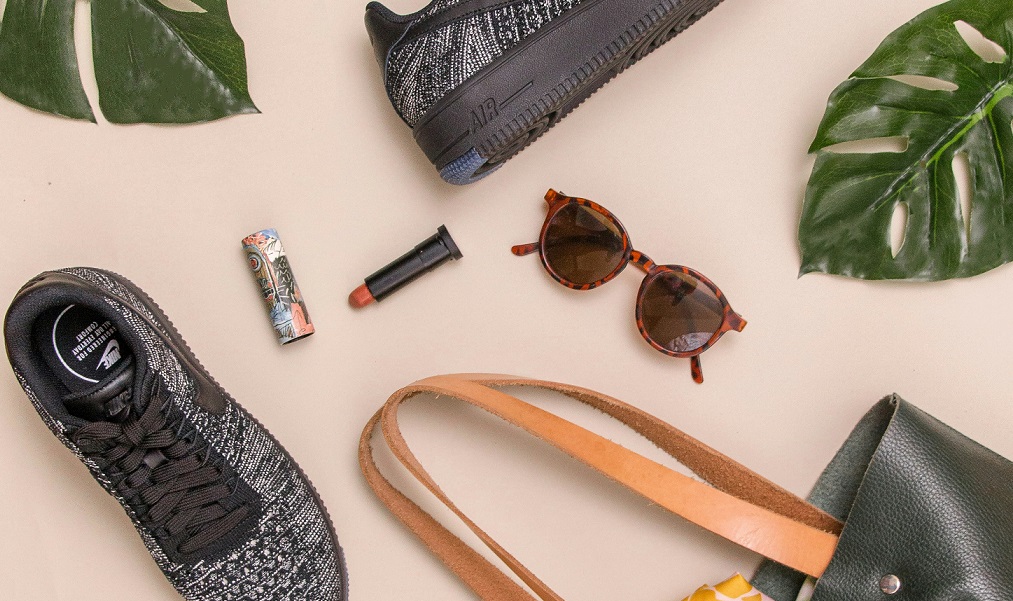Why is Fashion Important for the LGBTQ+ Community ?
Fashion transcends mere clothing and accessories; it serves as a powerful form of self-expression and identity. This is particularly true for the LGBTQ+ community, for whom fashion plays a crucial role in self-discovery, expression, and advocacy. In this article, we will delve into the significance of fashion for the LGBTQ+ community, highlighting its impact on individual identity, social acceptance, and political movements.
The Role of Fashion in Self-Expression and Identity
Personal Identity and Freedom
For many in the LGBTQ+ community, fashion is a tool for exploring and asserting personal identity. Clothing and style allow individuals to reflect their gender identity, sexual orientation, and unique personality without saying a word. This expression is vital for those exploring their identity and for those who have already found it but wish to communicate it to the world. Fashion offers a sense of freedom and authenticity, enabling individuals to break away from traditional gender norms and societal expectations.
Visibility and Representation
Fashion also plays a crucial role in visibility and representation for the LGBTQ+ community. By embracing bold, unique, and diverse styles, individuals can make a statement and increase the visibility of the community as a whole. This visibility is crucial in promoting understanding, acceptance, and equality. Furthermore, when LGBTQ+ designers, models, and influencers are represented in the fashion industry, it helps to break down stereotypes and encourages a more inclusive environment for everyone.
Fashion as a Tool for Advocacy and Change
Political Statements and Movements
Fashion has long been used as a tool for political statements and social movements, and this is no different within the LGBTQ+ community. From the pink triangle to the rainbow flag, symbols and colors adopted through clothing have played significant roles in LGBTQ+ advocacy. These fashion choices can signify solidarity, raise awareness, and foster a sense of community. They can also challenge societal norms and push for legislative changes and social acceptance.
Breaking Gender Norms and Promoting Inclusivity
Fashion allows individuals to challenge and redefine traditional gender norms. By choosing attire that reflects their true selves, regardless of societal expectations, individuals can question and broaden the definitions of gender and sexuality. This not only benefits LGBTQ+ individuals but also creates a more inclusive society where people feel more freedom to express themselves. The fashion industry’s increasing embrace of gender-neutral and inclusive clothing lines reflects and promotes these changing attitudes.
Social Acceptance and Community Building
Creating Safe Spaces and Communities
Fashion can create safe spaces and foster communities. LGBTQ+ fashion shows, brands, and events provide opportunities for individuals to connect, share experiences, and support each other. These spaces are vital for community building and for providing a sense of belonging to those who may feel isolated or misunderstood in other areas of their lives.
The Power of Acceptance and Confidence
Embracing one’s fashion sense can lead to greater self-acceptance and confidence. For many in the LGBTQ+ community, accepting their identity is a significant journey. Fashion can be a supportive tool in this journey, helping individuals feel more comfortable and confident in who they are. This confidence is not only important for personal well-being but also for challenging discrimination and advocating for LGBTQ+ rights.
Advances and Inclusivity in LGBTQ+ Fashion
The fashion industry has made significant strides in embracing LGBTQ+ inclusivity and representation. This progress reflects broader societal shifts towards acceptance and diversity, influencing mainstream fashion trends and marketing strategies. Designers, brands, and retailers are increasingly acknowledging the LGBTQ+ community’s diverse needs and preferences, leading to more inclusive fashion lines that cater to a wide range of body types, gender identities, and styles. For example, gender-neutral clothing lines have become more prevalent, moving beyond traditional binary options to offer more fluid and versatile fashion choices. This inclusivity not only caters to LGBTQ+ individuals but also appeals to a broader audience seeking comfort and self-expression beyond conventional norms.
Furthermore, the visibility of LGBTQ+ individuals in fashion has significantly increased, with more models, designers, and influencers from the community gaining prominence. This representation is crucial as it provides role models and affirms the community’s place within the fashion world. Major fashion events, such as New York Fashion Week, have showcased LGBTQ+ designers and themes, highlighting the community’s creative contributions and pushing for a more inclusive industry. These advances signal a promising shift towards a more inclusive and diverse fashion landscape, celebrating individuality and freedom of expression for all. To explore more about the evolution of LGBTQ+ fashion, you can visit The Fashion Spot, which regularly covers the intersection of fashion and LGBTQ+ identity, showcasing the latest trends, designs, and discussions within the community.














+ There are no comments
Add yours